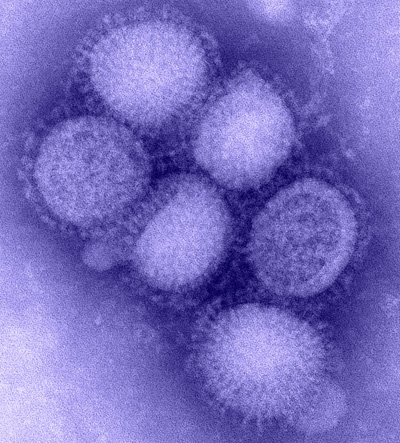As anticipated, kids are carrying more than their lunches to school. They are bringing the flu.
Schools across the country are reporting their first cases of the newly identified H1N1 flu (earlier called the “swine flu”). And every state will likely see sporadic to widespread cases before the typical flu season winds down sometime next spring.
How can you minimize your risk? Leading experts from the Centers for Disease Control and Prevention, the National Institutes of Health, and the Food and Drug Administration offer the following advice for fighting H1N1 and seasonal flus.
Avoid flu viruses.
DO keep your hands away from your eyes, nose, and mouth. If you are ill, this helps prevent infecting others. If you’re healthy, it helps you stay that way. H1N1 and seasonal flu viruses may live for hours on hard surfaces such as doorknobs, phones, and computer keyboards.
DON’T depend on wearing a facemask for complete flu protection. In general, the use of facemasks is not recommended in community and home settings.
Follow vaccine recommendations.
DO consider flu shots. Nearly everyone is advised to get the seasonal flu shot. Exceptions may include those with an egg allergy or a history of Guillain-Barre Syndrome. People who are ill should usually delay vaccination until they recover. About 45 million doses of the H1N1 vaccine (from five manufacturers) are expected by mid-October, with up to 195 million doses by year’s end. Target groups for vaccination focus on those at most risk of infection and severe disease, including pregnant women, children and young adults ages 6 months through 24 years, and people 25 to 64 with medical conditions that predispose them to complications of the flu. Health care workers and emergency medical service workers, as well as those who care for infants not yet old enough to be vaccinated, are also encouraged to receive the H1N1 vaccine.
DON’T assume that flu vaccines provide immediate and full protection. Remember to wash hands frequently with soap and water, cover your cough, and stay home if you are sick. When possible, avoid being within about six feet of a person with influenza-like illness.
Stay informed.
DO watch for new reports about emerging trends and prevention strategies. Study findings expected in mid-September will indicate whether one or two doses of the H1N1 vaccine provide adequate immunity against the novel virus.
DON’T let your guard down. Influenza is unpredictable. Current levels of flu activity in the United States are low. But any influenza at this time of year is unusual—and most of the confirmed cases are the H1N1 flu.
Become a Saturday Evening Post member and enjoy unlimited access. Subscribe now



